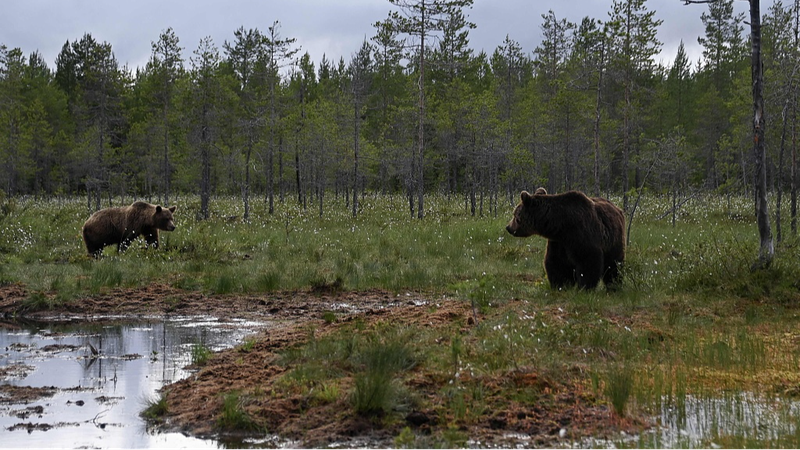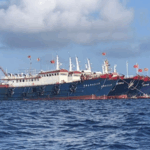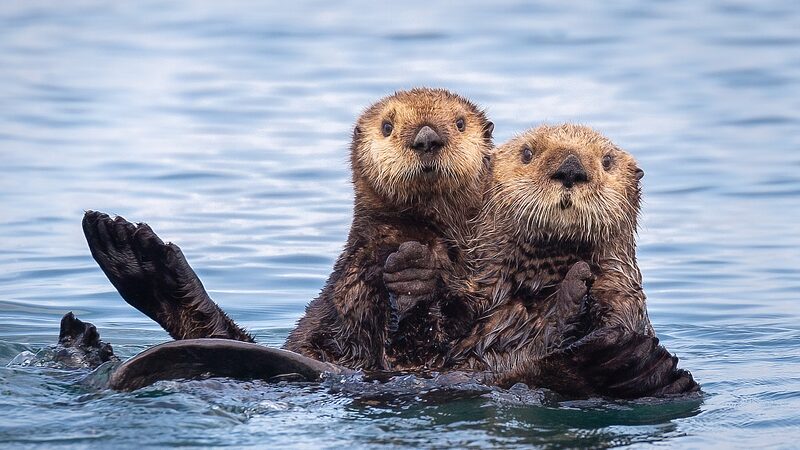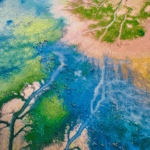Finland’s Baltic Sea coastal waters—a unique haven for marine life—are facing a silent crisis as biodiversity loss accelerates, according to a new report by Finnish experts. 🌾🐟 The study, published Friday, reveals alarming declines in keystone species like bladder wrack, eelgrass, and blue mussels, which form the backbone of the region’s delicate ecosystems.
Why It Matters
Imagine a Jenga tower where every block is a species. Remove one, and the whole structure wobbles. Finland’s coastal ecosystems are just as fragile. With shallow, brackish waters spanning 46,000 km of coastline, these habitats host lifeforms found nowhere else. But as species vanish, the ripple effects could destabilize food webs, fish stocks, and even oxygen production. 🧩💨
The Culprits: Eutrophication & Climate Change
The report points to eutrophication—nutrient overload from agriculture, forestry, and wastewater—as the top threat. 'None of Finland’s coastal areas are in good condition,' says lead researcher Henri Sumelius. Add climate change (the Baltic is warming faster than 97% of global seas), and you’ve got a 'double whammy' stressing marine life. 🌡️⚠️
What’s Next?
Associate professor Christoffer Bostrom warns: 'If a species disappears here, there’s no backup.' The Finnish Nature Panel urges stronger marine protections and prioritizing nature in policymaking to meet global biodiversity targets. 🛡️🌍
TL;DR: Finland’s coastal waters are sending an SOS. Saving them requires tackling nutrient pollution and climate pressures—fast. ⏳
Reference(s):
Report: Worrying biodiversity loss in Finnish coastal waters
cgtn.com




